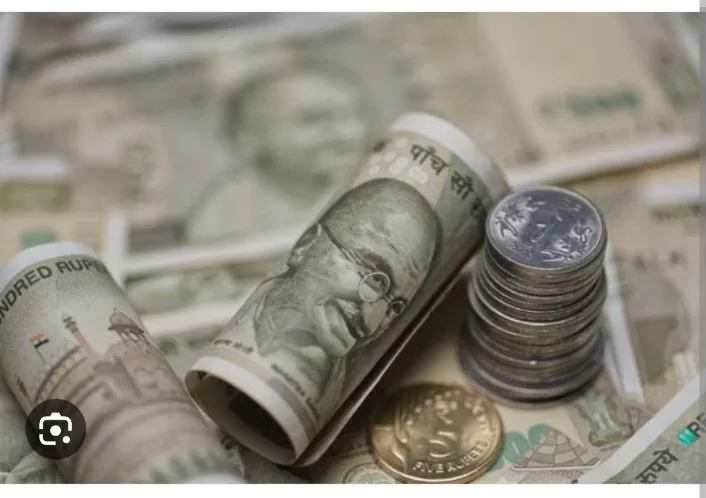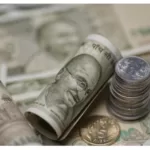Chandigarh- in a startling revelation, a recent report by the Reserve Bank of India (RBI) has exposed Punjab’s precarious financial situation, with its debt-to-Gross State Domestic Product (GSDP) ratio reaching a staggering 48 percent, the highest in the nation.
The Aam Aadmi Party (AAP) government, in a White Paper on state finances released in June 2022, laid the blame for this fiscal predicament squarely on the shoulders of previous administrations, describing the current debt indicators as “the worst in the country” and ominously warning of a deepening “debt trap.”
However, the recent disclosure has ignited fierce opposition criticism, citing a “phenomenal increase in the debt burden” to the tune of Rs 50,000 crore during the AAP’s 18-month rule. This revelation came to light through a letter from the Governor to the Chief Minister, casting a shadow over the government’s financial stewardship.
Punjab’s debt servicing has emerged as a major financial drain, consuming a substantial portion of the state’s earnings. Despite the government’s effort to augment revenue, primarily through tax hikes on retail fuels and collectorate rates, the subsidy burden has risen considerably.
Between April 2022 and July 2023, Punjab incurred a whopping power subsidy bill of Rs 27,552 crore, accounting for a substantial 24.20 percent of the state’s total revenue receipts, which amounted to Rs 1,13,808.57 crore during this period.
While the AAP government secured loans amounting to Rs 42,617 crore between April 2022 and July 2023, it also had to repay Rs 23,524 crore in interest on inherited loans. This pushed the interest payment-to-revenue receipts ratio to a concerning 25.5 percent for the period between April and July 2023 and 20.6 percent for the preceding 18 months.
Notably, when the AAP government assumed power, it inherited a public debt of Rs 2.63 lakh crore. A senior official from the state Finance Department emphasized that the allegations were unfounded, as no state could deviate from the fiscal path prescribed under the Fiscal Responsibility and Budget Management Act. He also highlighted that the previous Congress government had inflated the state’s debt burden by Rs 1 lakh crore in the past five years.
Although the Centre initially slashed Punjab’s borrowing limit by Rs 18,000 crore due to its return to the Old Pension Scheme, this reduction has been reduced to approximately Rs 4,000 crore.
An examination of the state’s financial status reveals that expenditure on salaries, pensions, and subsidies in the first four months of this fiscal year has exceeded the corresponding period of the previous year. Despite a substantial revenue deficit of Rs 10,754.83 crore between April and July, the state’s investment in capital asset creation remains meager, amounting to only Rs 918.76 crore, a mere 3.6 percent of the state’s revenue receipts.
As Punjab grapples with this fiscal crisis, the spotlight intensifies on the government’s ability to manage and navigate its way out of the mounting debt burden.







